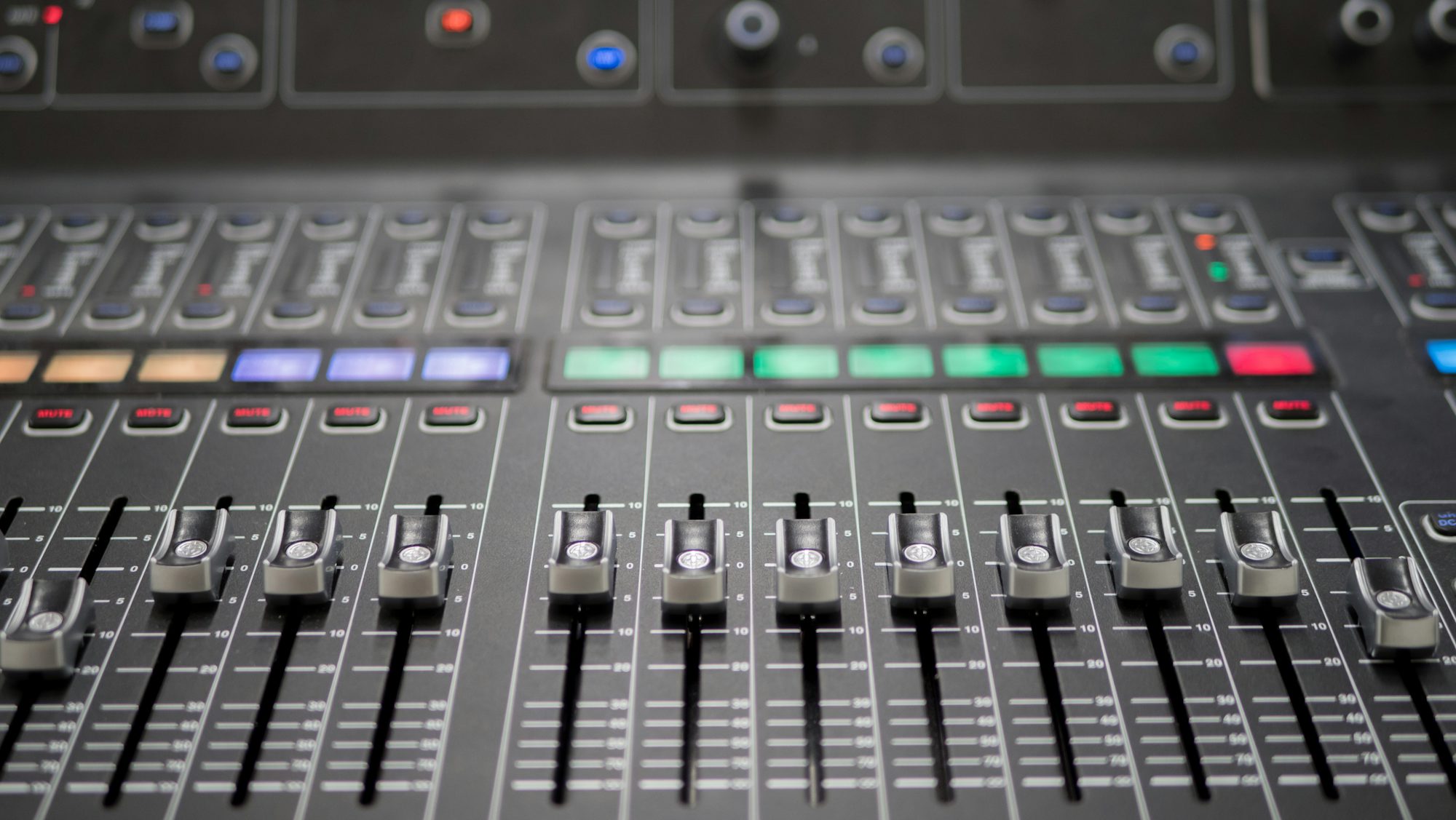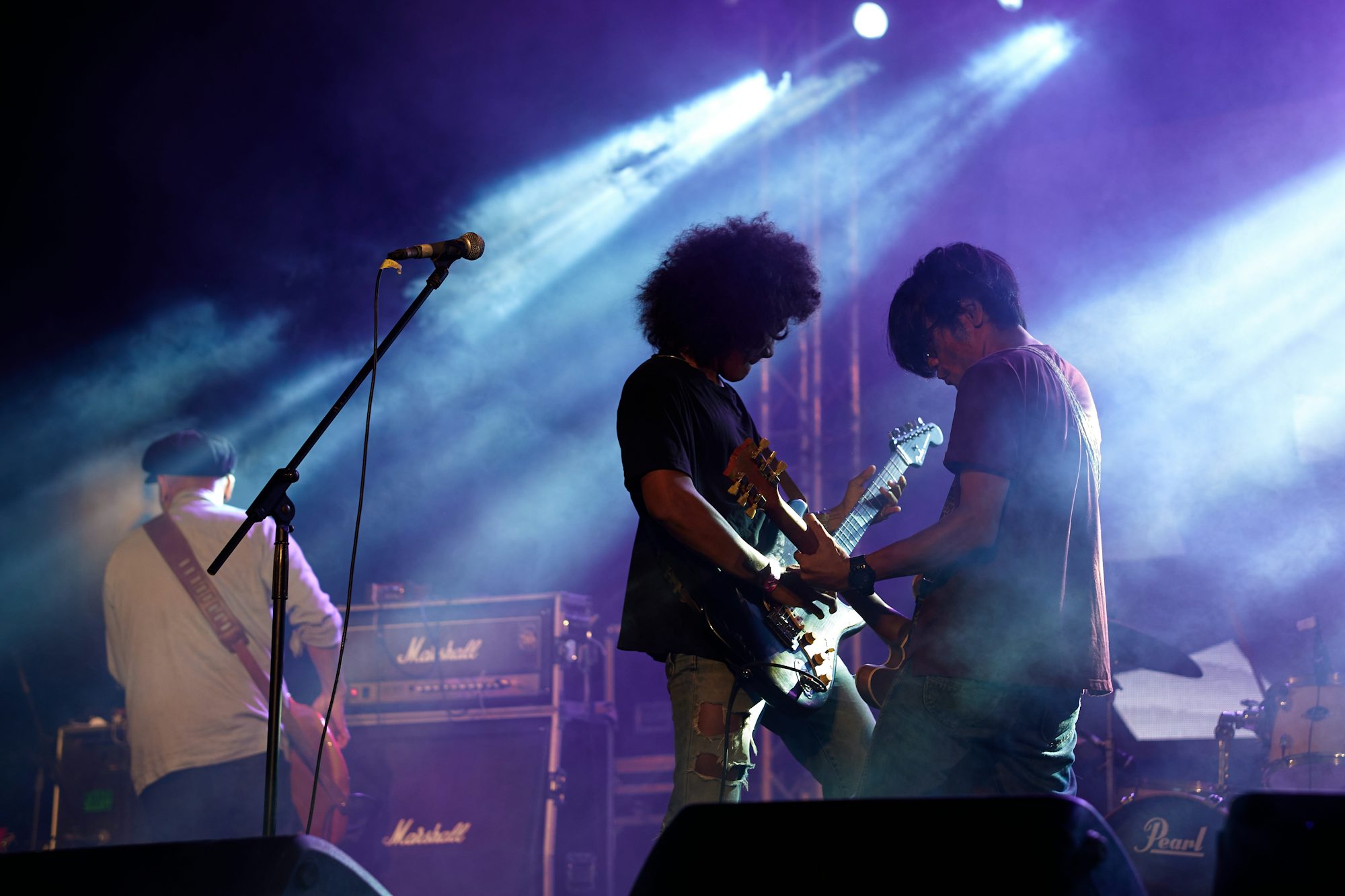DJing is an art form that transcends merely mixing tracks; it is a dynamic interplay of creativity, technical skill, and an understanding of audience engagement. As electronic dance music (EDM) continues to evolve, the role of the DJ has become increasingly complex, requiring a deep knowledge of various genres, the ability to read the crowd, and a mastery of technology. In this article, we explore the essential elements of DJing, the tools of the trade, and how DJs craft unforgettable sets that resonate with audiences worldwide.
The DJ’s Journey: From Passion to Profession
The journey of a DJ often begins with a passion for music and an inclination to share that passion with others. Many DJs start by collecting vinyl records or digital tracks, honing their skills by practicing at home before moving on to small parties or local clubs. This grassroots approach allows aspiring DJs to develop their unique style and build a personal music library that reflects their tastes.
As they gain experience, DJs often experiment with different genres, from house and techno to drum and bass and trap. Each genre comes with its own set of rhythms, structures, and audience expectations, making it crucial for DJs to adapt their styles accordingly. This exploration helps DJs discover their strengths and identify the types of sets that resonate best with their audiences.
Understanding the Audience: Reading the Room
One of the most critical skills a DJ can possess is the ability to read the crowd. Successful DJs have a keen sense of how to gauge the energy in a room, understanding when to build momentum and when to create moments of reflection. This skill is often developed through experience, as DJs learn to interpret body language, dance styles, and the overall vibe of the audience.
For instance, if the crowd is energetic and responding well to upbeat tracks, a DJ might choose to play a series of high-energy songs to keep the momentum going. Conversely, if the audience seems to be losing interest, the DJ may opt to switch gears, introducing a deeper or more melodic track to re-engage listeners. This fluidity in set selection not only enhances the overall experience but also fosters a connection between the DJ and the audience.
The Tools of the Trade: Equipment and Technology
Modern DJs have access to a plethora of equipment and technology that can enhance their performances. The foundational tools include DJ controllers, turntables, mixers, and software like Serato, Traktor, or Rekordbox. Each piece of equipment offers unique features that allow DJs to manipulate sound in various ways, creating a signature style.
DJ Controllers are versatile tools that combine hardware and software, allowing DJs to mix tracks digitally while retaining the tactile feel of traditional vinyl. This combination offers flexibility and portability, making it easier for DJs to perform at various venues without the need for bulky setups.
Turntables, on the other hand, are beloved by purists who appreciate the tactile nature of mixing with vinyl. The skill of beatmatching—aligning the tempo of two tracks—is often honed on turntables, providing a deeper connection to the music. Many DJs still choose to incorporate vinyl into their sets, blending digital tracks with physical records for a unique auditory experience.
Mixers are essential for blending tracks seamlessly. They allow DJs to adjust levels, EQ, and effects, creating a polished sound. Advanced mixers often come equipped with built-in effects processors, enabling DJs to manipulate sounds in real time, adding creativity and flair to their performances.
Crafting a Set: The Creative Process
Creating a memorable DJ set requires a blend of preparation, spontaneity, and artistic vision. While many DJs meticulously plan their sets, the best performances often emerge from the ability to adapt to the moment. Here are some key steps in the creative process:
1. Track Selection: The foundation of any great set begins with selecting the right tracks. DJs often curate playlists that reflect their style and the atmosphere they wish to create. This involves not only choosing songs that flow well together but also considering the energy levels and emotional arcs within the set.
2. Mixing Techniques: Effective mixing techniques can elevate a DJ set from ordinary to extraordinary. Techniques like beatmatching, phrasing, and key matching are essential for ensuring smooth transitions between tracks. Advanced DJs might incorporate techniques such as looping, sampling, and scratching to create unique soundscapes that showcase their individual style.
3. Building a Narrative: A great DJ set often tells a story, taking the audience on a journey through different emotions and energies. This narrative can be constructed by varying the intensity of tracks, transitioning from high-energy anthems to introspective melodies, and back again. The ability to craft this narrative requires a deep understanding of the music and its impact on listeners.
4. Audience Interaction: Engaging with the audience is crucial for creating a memorable experience. Many DJs use vocal samples, shout-outs, or call-and-response interactions to foster a sense of connection with the crowd. This interaction not only enhances the energy of the performance but also creates lasting memories for attendees.
The Role of Collaboration
Collaboration is an integral part of the DJing landscape. Many DJs work closely with producers, vocalists, and other artists to create original tracks or remixes. This collaborative spirit fosters creativity and innovation, resulting in unique sounds that push the boundaries of the genre.
Additionally, many DJs participate in back-to-back sets, where two DJs perform together, blending their styles and track selections. These collaborations often lead to unexpected musical moments, delighting audiences and showcasing the versatility of both artists. This sense of community within the DJing world is vital for the genre’s continued growth and evolution.
The Future of DJing
As technology continues to advance, the future of DJing is likely to be shaped by innovations in equipment and software. Emerging technologies such as artificial intelligence and machine learning could potentially revolutionize how DJs curate and mix music, allowing for real-time adjustments based on audience reactions.
Moreover, the rise of virtual and augmented reality offers exciting opportunities for DJs to create immersive experiences that transport audiences to new realms. These advancements will likely enhance the live music experience, allowing fans to engage with their favorite DJs in ways previously unimaginable.
Conclusion
DJing is a complex and rewarding art form that blends technical skill, creativity, and audience connection. From the careful selection of tracks to the intricate mixing techniques, DJs craft unforgettable experiences that resonate deeply with listeners. As the landscape of EDM continues to evolve, the role of the DJ will undoubtedly expand, reflecting the ever-changing nature of music itself. With a rich history and a bright future, DJing remains an exhilarating journey that invites both artists and audiences to celebrate the power of sound.


